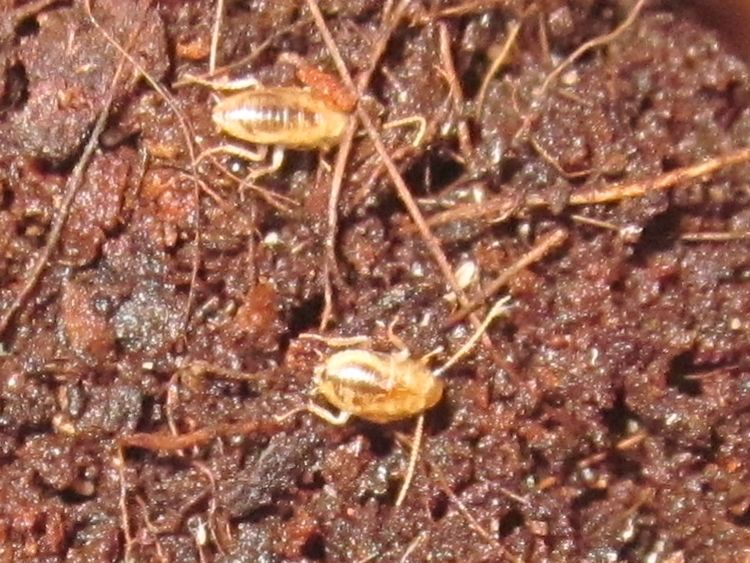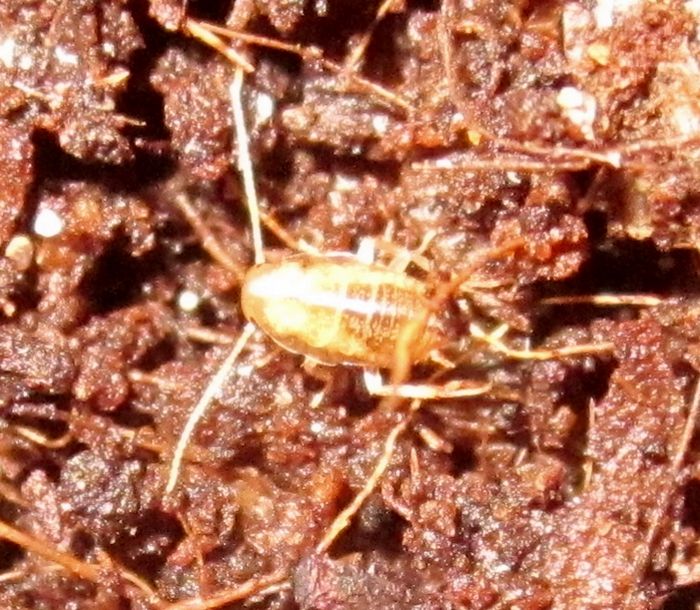Hisserdude
Arachnoking
- Joined
- Apr 18, 2015
- Messages
- 2,495
Well when my first female flew out she landed on a wall and stayed there, so it was easy to recapture her using a deli cup. Now whenever they look like they are going to fly I raise my hand in front of them so they crash into my hand when they fly, haven't had any get out of their cage since that first female.What do you do when they get out? Are they fairly easy to catch? I love the look of them, but I'm afraid of them flying off never to be seen again.
A separate, but related question you may know the answer to; Does the Simandoa cave roach (Simandoa conserfariam) fly? I've been having trouble finding out.
And no, S.conserfariam does not fly.
In some roach species the males do grow much faster than the females, like Corydidarum pygmaea, which makes breeding hard. In A.bolliana however, both sexes seem to grow at the same pace, the males are just smaller.That male started off a good deal smaller than the females and yet they've matured around the same time. Is that typical in cockroaches? Do the males go through their entire life cycle at a faster rate? If so, then I'll bet that my question mark roach that out-grew the rest is a male. That will make keeping an established colony more difficult...
Yeah, thank god for those two males you sent me, otherwise it would be really hard to breed them lol!I am very glad that I sent you the male since we were mistaken about the females being mature (in which case they would have also been fertile after being housed with a male if they weren't already)!At least I live at the source and will see if I can find another male this weekend.

Yeah they are way smaller than A.bolliana, adult A.genitalis females are perhaps half the mass of a mature A.bolliana female, and shorter.Those Arenivaga cf. genitalis are lovely too! Are they much smaller than A. bolliana
They are doing good, still no babies, but Gil's females from the same batch are starting to give birth, so I should be getting babies really soon!How are the Lothlorien Panchlora doing?



